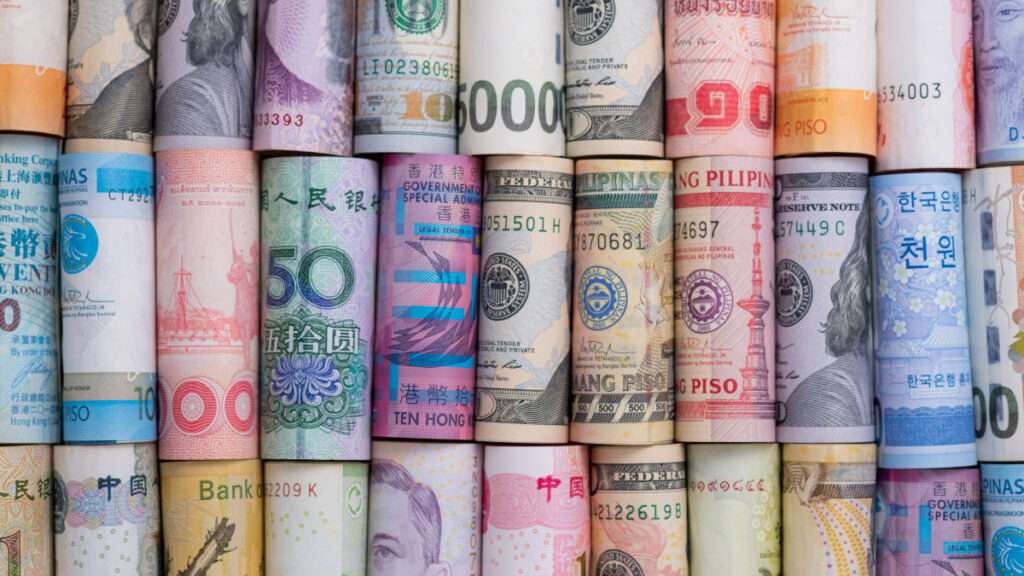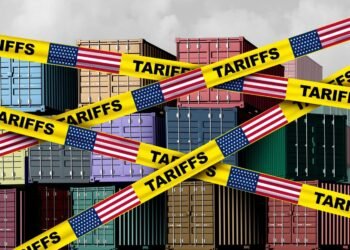Russia’s current account surplus hit a record of $70.1 billion in the second quarter of the year, as skyrocketing revenues from energy and commodity exports helped offset the impact of US and European sanctions on the country.
The current account surplus, the broadest measure of trade in goods and services, was the widest since at least 1994, according the country’s central bank.
A collapse in imports driven by the sanctions contributed to the surplus, which has emerged as a key economic lifeline for the Kremlin as the US and its allies try to isolate it. For the first six months of 2022, the surplus reached $138.5 billion, the central bank said.
Exports were $153.1 billion in the second quarter, down slightly from $166.4 billion in the first, according to the Bank of Russia. Imports also declined, to $72.3 billion from $88.7 billion.
Scott Johnson, Russian economist, said:
“A ballooning trade surplus says a lot about what’s going right for Russia, from high commodity prices to sustained demand from many export partners. But it’s also a symptom of distress, with a plunge in imports sowing disruption throughout the economy.”
Scott Johnson
Since the invasion, Russia has stopped releasing detailed data on imports and exports but flows can be estimated from figures released by partner countries.

Russia’s Currency Stabilise
In May 2022, there were signs imports had stabilized with five countries accounting for about half of Russia’s trade as the economy adapted and business began to find new routes for shipments.
The surging current account surplus, combined with strict capital controls that have limited demand for foreign exchange, have helped make the ruble the best-performing currency this year among its emerging-markets peers.
The EU’s proposed partial oil import ban was approved on June 2, 2022, albeit with some amendments forced by opposition from certain countries, namely Hungary. The EU has pledged to ban the import of Russian crude and products by sea, effective from 2023 onward.
The ban, alongside Germany’s commitment to stop importing Russian oil via the Northern Druzhba pipeline, will cover 90.0% of the EU’s total oil imports from Russia.
Given that roughly half of Russian crude and petroleum products go to the EU each year, the loss of European markets will have a hugely negative impact on Russian export volumes.
Fitch Solutions, a research firm, in June 2022, noted that declining energy prices and export volumes will narrow Russia’s current account surplus from a forecast of 11.0% of GDP in 2022 to 7.0% of GDP in 2023.
Russia’s external position is less stable than the large current account surplus suggests. The surplus is driven by weak domestic demand and persisting sanctions which will keep import growth very low.
According to Fitch Solutions, Russia’s external debt load will decline consecutively in 2022 and 2023 as access to international credit markets remain severely curtailed.
Oil and refined products are Russia’s most lucrative exports, accounting for the vast majority of the current account surplus.
In May 2022, Russian oil and product export revenues rose 11.0 per cent month-on-month despite a 3.0 per cent month-on-month fall in export volumes, demonstrating the positive impact of a strong oil price.
READ ALSO: Public Sector Workers Union Urge Gov’t to Cushion Workers























